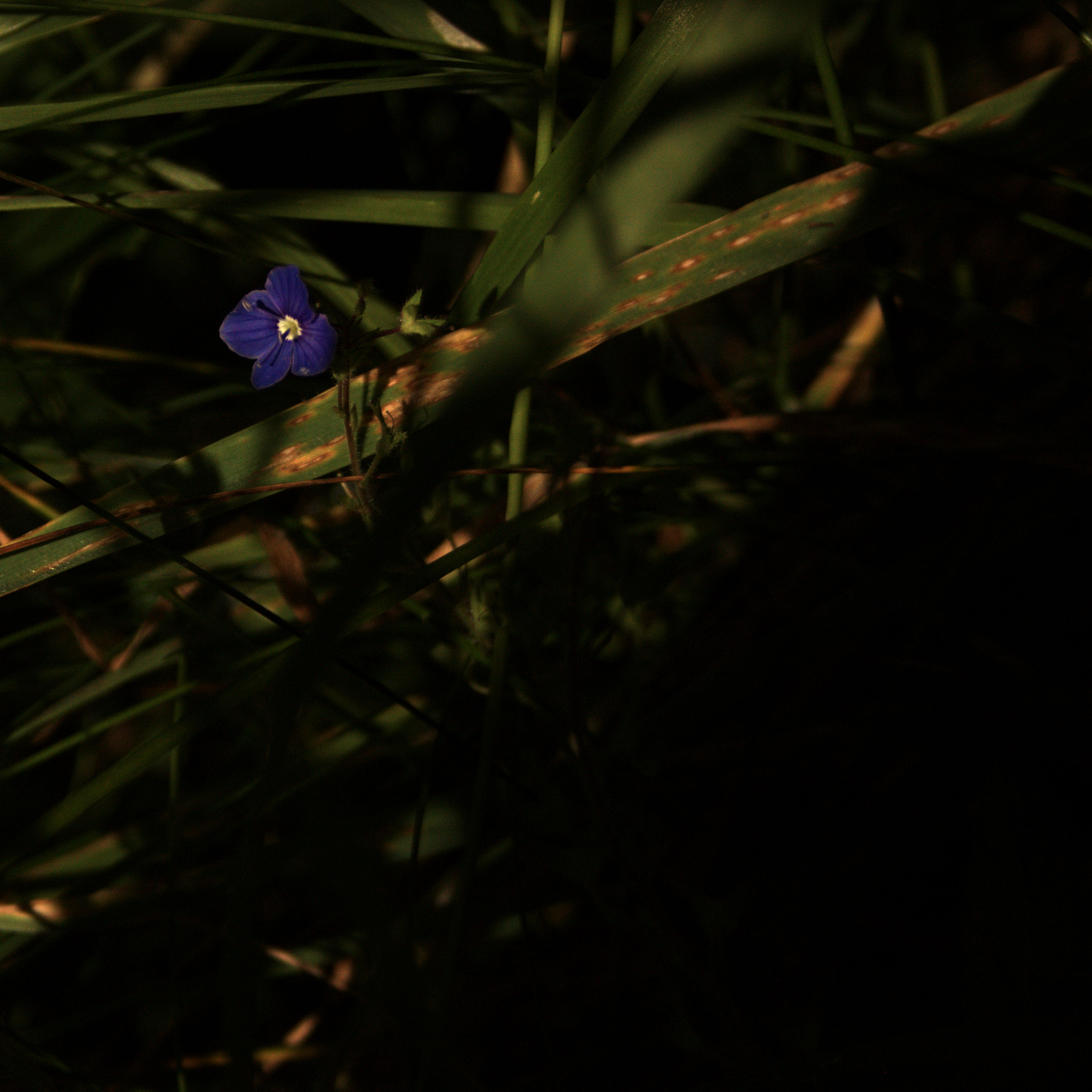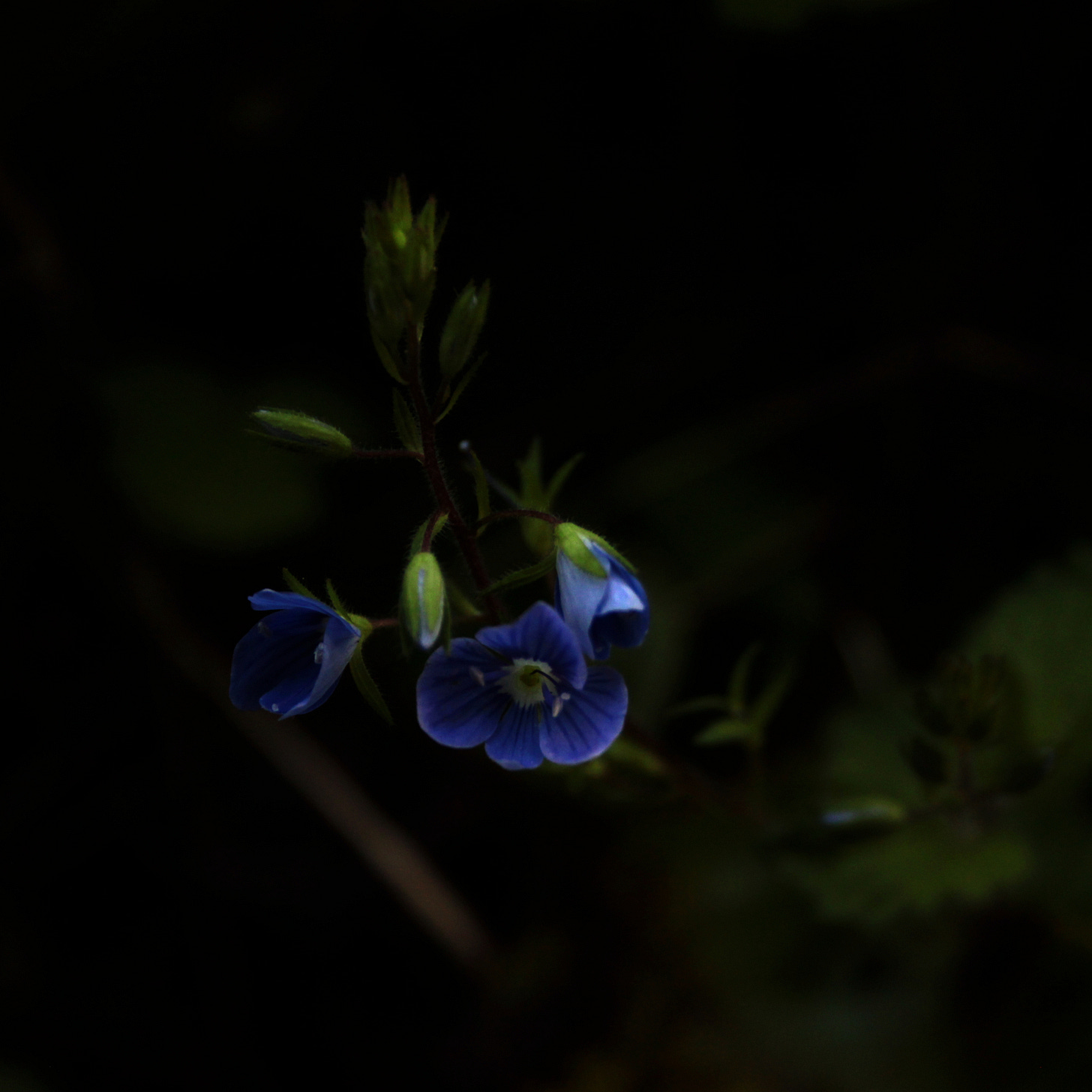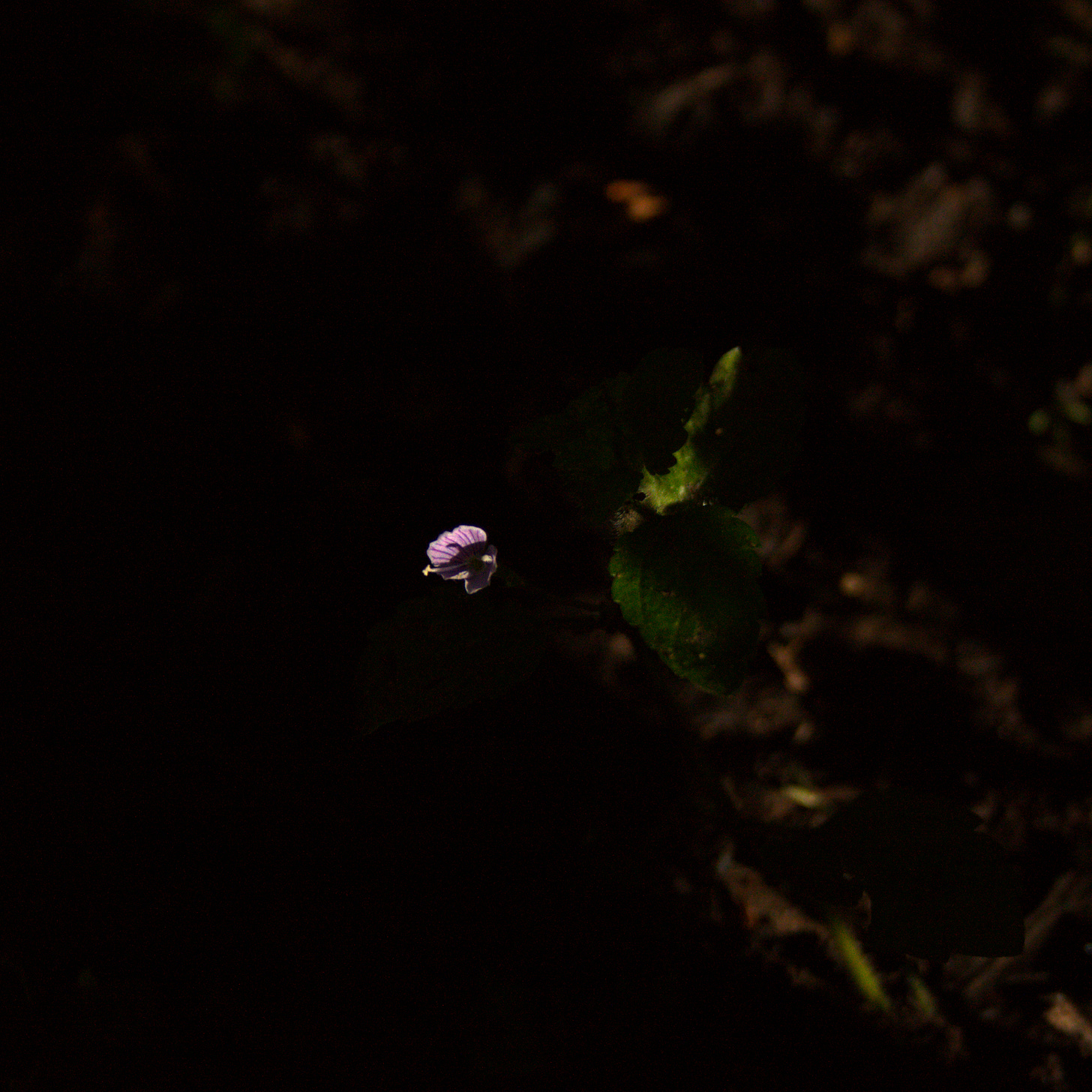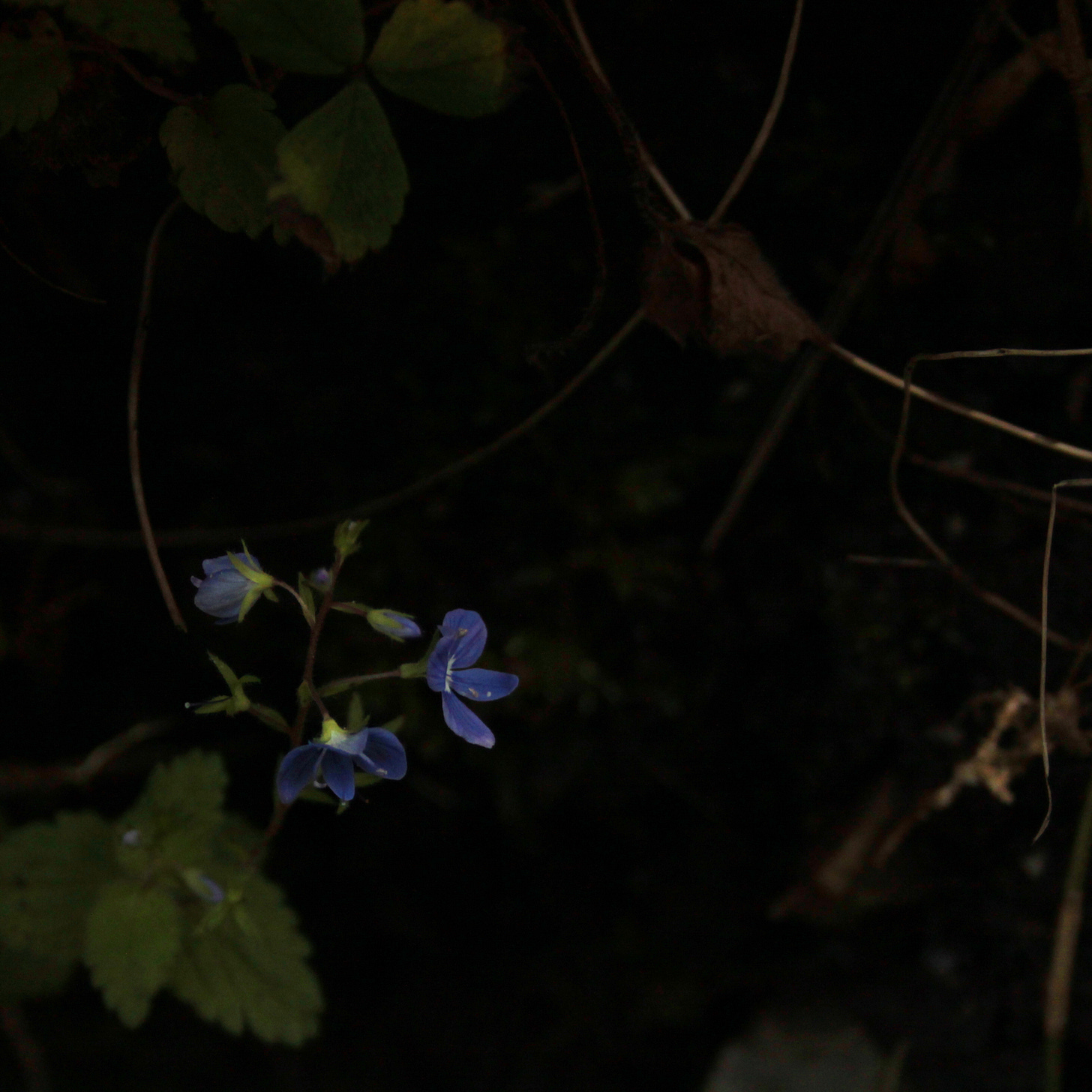English common name: Germander Speedwell
Welsh common names: Llysiau Llywelyn, Llygad y Gath, Llygad Doli
Scientific name: Veronica chamaedrys
Found by the feet, the dainty faces of Germander speedwell are bright, full and somewhat childlike, shyly peeking between blades of grass at the big world above them. Petals blue as the irises of china dolls, the small plants creep along the edges of footpaths and roadsides; slender stems kneeling on the earth with nodes that send down fresh roots, weaving a web into the undergrowth; safe beneath the shelter of taller foliage.
All shades of symbolism have been hung upon the speedwell plants, simultaneously imbued with something sweet, wicked, innocent and evil: a kind companion for travellers but a gory fate for mother’s of West Country children.
From pale lilac to cobalt blue, there are over twenty different species in Britain, many of which are difficult to differentiate, but Germander speedwell is one of the most abundant, with slightly larger and bluer flowers than its cousins.
‘Germander’ is descended from the Greek chamaedrys, meaning ‘on the ground’, seemingly describing where the plant grows, and it’s historically been considered an omen of good-luck to those who walk alongside it. One origin story of the English name is the belief the plant would speed you well on your journey, and, in Ireland, travellers of old would sew flowers into their clothes to keep them safe from the perils of the road.
Speedwell bears a connection with eyes and eyesight that’s both charming and disturbing, as evidenced by its many common names: bird’s eyes, angel’s eyes, blue-eyed beauty, eye of Christ, God’s eye…and…peck-your-mother’s-eyes out. There are several different Welsh names, including llygad doli; doll eye, and llygad y gath; cat’s eye, as well as llysiau Llywelyn, meaning Llywelyn’s herbs; possibly named after one of the medieval princes of Wales, Llywelyn ab Iorwerth (Llewelyn the Great) or Llywelyn ab Gruffydd.
The lesser known John Keats poem Calidore: A fragment, tells of a young man venturing across a lake to new lands and describes the ‘glow of the wild cat’s eyes’, which is likely a reference to speedwell flowers:
Green tufted islands casting their soft shades
Across the lake; sequester’d leafy glades,
That through the dimness of their twilight show
Large dock leaves, spiral foxgloves, or the glow
Of the wild cat’s eyes, or the silvery stems
Of delicate birch trees, or long grass which hems
A little brook.
The folk names take a sinister turn in Devon and Dorset, where children were told if they picked a speedwell flower, their mother’s eyes would be pecked out by birds. The theme of mothers suffering continues with mother-breaks-her-heart, possibly coined because of the fragile nature of the petals which fall from the flower easily. On the other hand, the German name mannertreu translates to ‘men’s faithfulness’; ironically inspired by the quick-to-wilt flowers when picked.
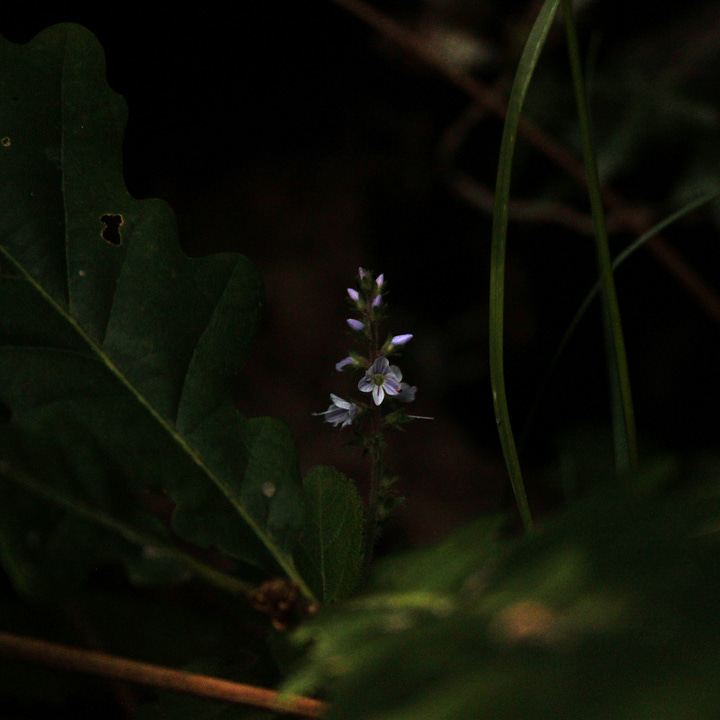

Speedwell has historically been used as a medicinal plant for healing wounds, purifying the blood and curing gout. The leaves were sold in London markets in the 1800’s as a useful herb, and were especially popular amongst women who brewed a tea to ease wind, coughs and shortness of breath; so much so that it led over-harvesting and almost disappeared from London altogether. In Wales, there’s a story suggesting the plant’s medicinal value was revealed when a shepherd came across a stag who’d been bitten by a wolf on its hind leg. The shepherd followed the stag to see it graze from a patch of speedwell and roll around in the leaves, after which, the wound was healed.
In Ireland, the plant was boiled in milk and drunk as a cure for jaundice, while in Norfolk, it was infused to make a soothing eye-bath for sore eyes. However - in Hartlepool - speedwell was known as blind flower, and it was said that if you stared at it for an hour you would lose your sight.
Whatever its ultimate effect on people may be, speedwell flowers (in bloom from April to July) are an important source of nectar for solitary bees and serve as a larval food plant for the very rare Heath Fritillary butterfly - also known as woodman’s follower - as it flies low to the ground, following trails of coppiced trees.
Photos by Esther Williams, taken in the hedgerows and ancient woodlands of Hook, Pembrokeshire.
Next week: 1.7.24
Cow wheat and the circular dance of wood ants
Gliniogai / Melampyrum pratense
References:
Welsh Names of Plants by Dafydd Davies and Arthur Jones
Flowers and Fables: A Welsh Herbal by Jocelyn Lawton
Vickery’s Folk Flora by Roy Vickery
Flora Britannica: supported by common ground, by Richard Maybe
Pflanzennamen im Vergleich: Studien zur Benennungstheorie und Etymologie by Friedhelm Sauerhoff
https://www.wildlifetrusts.org/wildlife-explorer/wildflowers/germander-speedwell
https://sussexwildlifetrust.org.uk/news/species-of-the-day-germander-speedwell
https://www.bartleby.com/lit-hub/poetical-works/4-calidore-a-fragment#50
https://www.merriam-webster.com/dictionary/fluellin
https://butterfly-conservation.org/butterflies/heath-fritillary





